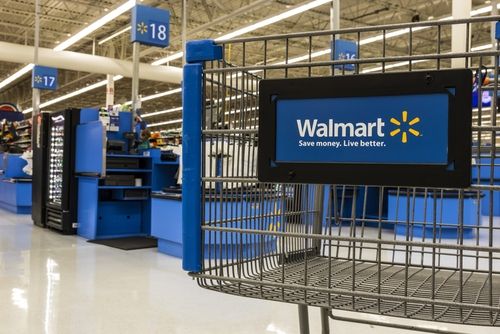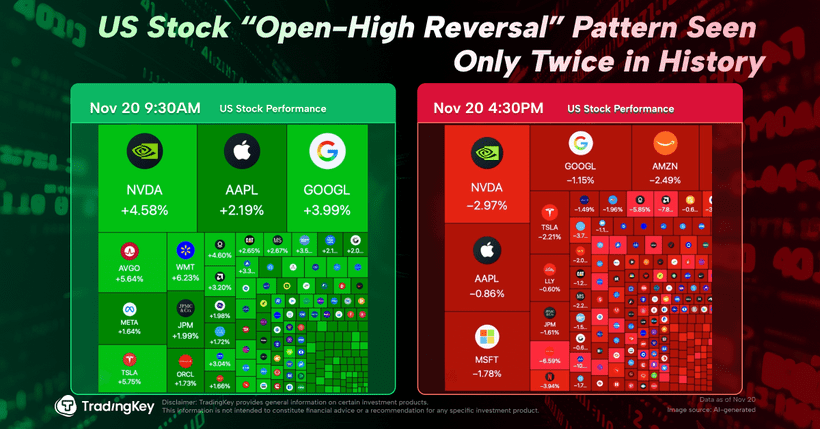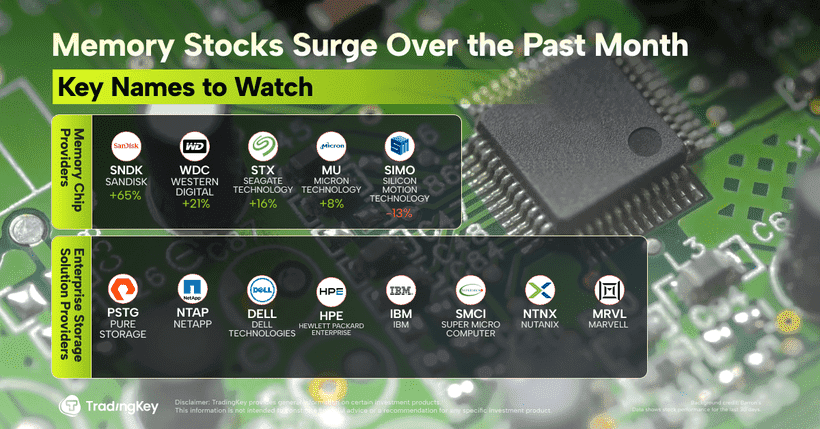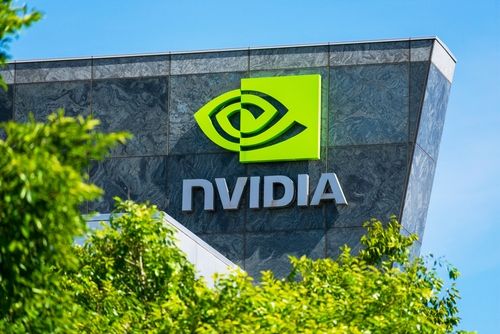Stablecoins: The Dollar’s Secret Weapon?

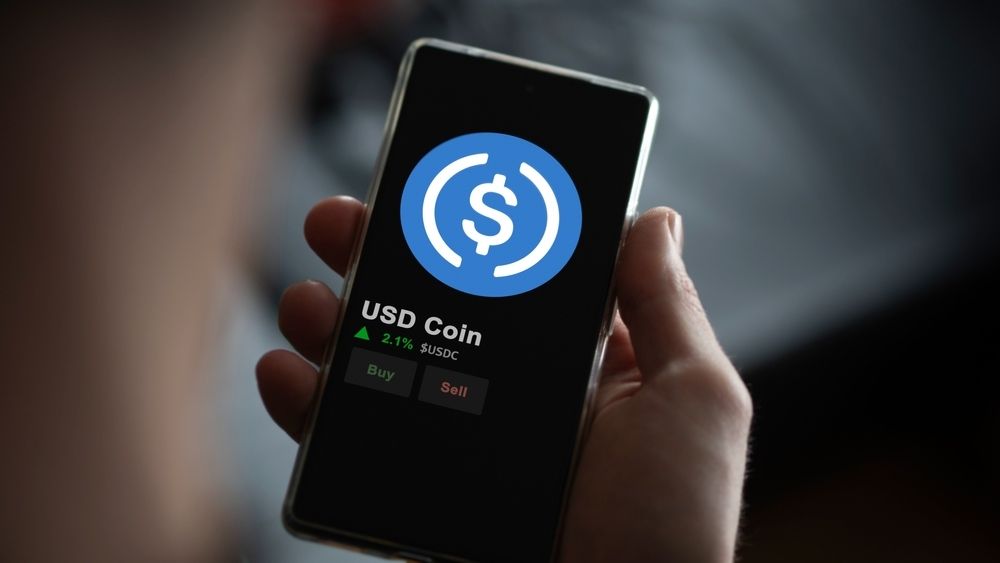
TradingKey - Back in July, the U.S. passed the Genius Act for stablecoin legislation. And in the EU, UAE, Japan, South Korea and more, international regulations are also being set in place. Now, stablecoins are accepted as a mode of payment on Paypal and Stripe. If you’re watching this, you’ve probably heard of USDC. When Circle went public, its stock value popped off. Even Trump made an estimate of a billion dollars on crypto. What exactly is a stablecoin?
The full text of the script is as follows:
If you’re trying to understand what the heck is happening with crypto these days, this video is for you.
Back in July, the U.S. passed the Genius Act for stablecoin legislation. And in the EU, UAE, Japan, South Korea and more, international regulations are also being set in place. Now, stablecoins are accepted as a mode of payment on Paypal and Stripe. If you’re watching this, you’ve probably heard of USDC. When Circle went public, its stock value popped off. Even Trump made an estimate of a billion dollars on crypto. What the f–
First, what exactly is a stablecoin?
Think of them like digital dollars that live on the blockchain. Stablecoins are not like Bitcoin where the price moves a lot. They’re stable, and meant to stay locked at a dollar, which is kinda the whole point. In simple terms, stablecoins are cryptocurrencies that are pegged to the U.S. dollar.
Let me explain how it works. Taking Tether as an example: For every dollar you send to the issuer, they’ll give you 1 USDT in return. You can choose to redeem it any time, and behind the scenes, Tether keeps that same dollar in reserves. That’s how the peg holds: through trust, reserves, and arbitrage.
[The problem stablecoins solve]
But honestly, it’s a win-win situation for both the buyer and the company. Let’s look at the problem stablecoins are solving. If you’ve ever tried sending money across borders, you know the pain. It can take several days just to process, and the fees are ridiculously high. Stablecoins fix all of that by replacing slow, expensive bank transfers with something that’s faster and significantly cheaper.
[Stablecoin’s revenue model]
Now, let’s flip to the company side of this equation. Circle, the company behind USDC, has built a surprisingly simple but brilliant business model. When you buy USDC, that money doesn’t just sit there in their reserves. Circle holds your dollars in U.S. Treasuries, which earns about 4 to 5% in interest.
As of July 17, they’re holding 64.7 billion in reserves. If we do the math, at a conservative 4% yield, that’s 2.6 billion in annual revenue. At 5%, this jumps to 3.2 billion just from interest alone. So the buyer gets fast and cheap transactions, and the company earns billions in yield from bonds. Not bad huh?
Why is the U.S. pushing this?
Why is the U.S. suddenly getting all serious about stablecoins? Well, there are four big reasons:
One. To protect the dollar’s dominance
Over the past few years, other countries have been trying to move away from the US dollar. Sanctions and tariffs have naturally made other nations nervous. But now, stablecoins offer a way to export US dollars digitally. In places like Argentina where local currencies are unstable, people are already using stablecoins as a safer store of value. There’s demand, and America wants to meet it on-chain.
Two. To bypass the Fed’s monopoly on money
Stablecoins don’t create new money like the Fed does. They take US dollars that are already in circulation and pull them into a parallel system: one that’s outside of the Fed’s direct control. Even if liquidity tightens, people could still be moving money freely via stablecoins.
Three. To soften the blow of National Debt
America is nearly 37 trillion in debt, and interest payments are now bigger than military spending.
Every time a bond like the U.S. Treasury matures, the government has to pay back the principal, which is the original loan amount to whoever owns that bond. Typically, the Treasury issues new bonds to replace the old ones, a process called rolling over debt. This lets them avoid paying back the full amount all at once by swapping old debt with the new.
Listen closely, because here’s where stablecoins come into play. Most stablecoins are backed by the U.S. Treasuries. That means the issuers buy a ton of debt and use that to back the value of the stablecoins they create. So when users buy stablecoins by depositing USD, that money gets funneled into Treasuries.
It’s kind of like outsourcing the demand for debt by using DeFi to quietly recycle debt to stablecoin users. Instead of the government actively finding buyers for its bonds every time it needs to refinance, stablecoin issuers do it for them, automatically and at scale.
And the fourth reason is to stay ahead in the Crypto Race
The U.S. is home to the biggest crypto companies and most of the brainpower behind the space. If it can dominate stablecoins, arguably the most “usable” crypto, then it can set the standard globally. It’s no longer just about Bitcoin, it’s about infrastructure for widespread adoption. And whoever builds the tracks, controls the flow of money.
But what’s the catch?
Now, it’s not all sunshine and rainbows. There are real risks here.
For one, stablecoins are also only as safe as their issuers. Tether, for example, is one of the largest holders globally of the U.S. Treasuries. But they also invest those reserves. What if the market tanks and everyone wants their dollars back immediately? Well, that could get messy.
Let’s not forget cybersecurity. Hacks are still a thing. Billions have been stolen from exchanges in the past.
Plus, regulation is still patchy, with some nations treating stablecoins like money, and some simply don’t. There's just no unified playbook yet.
Should you care as an investor?
So what does this mean for you? Well, stablecoins aren’t just a “crypto thing” anymore. They’re becoming a pivotal part of the financial infrastructure, and potentially, a strategic tool for governments.
If you’re looking for general exposure, there are ETFs like BITQ and CRPT that help you invest in the companies powering this space: like the exchanges itself, even AI and blockchain developers. You can find more information on the ETFs’ chart trends and indicators on tradingkey.com, link in the description!
Of course, keep an eye out for the major players: Circle, Coinbase, Tether and Binance, just to list a few. Don’t just HODL, remember to DYOR!
What do you think? Are stablecoins truly the future of the dollar? Let us know in the comments below.
And if you’d like to read our full breakdown on stablecoins, click the link in the description. Don’t forget to like, share, and subscribe to our channel!
Stay informed, stay strategic, and we’ll see you in the next one.



